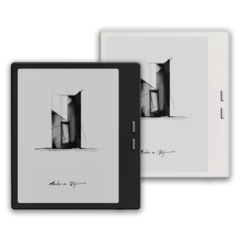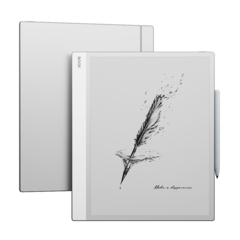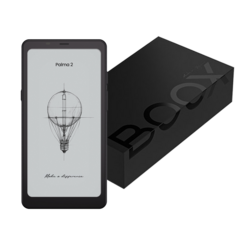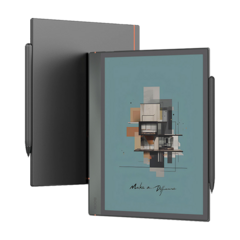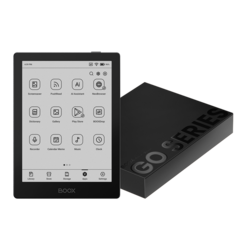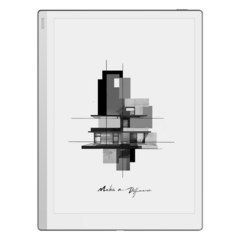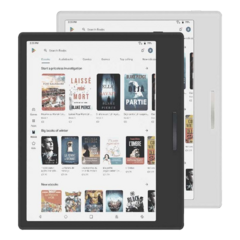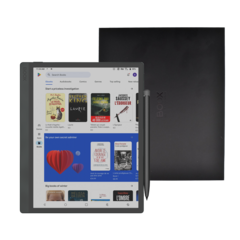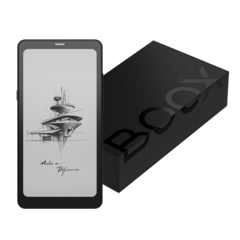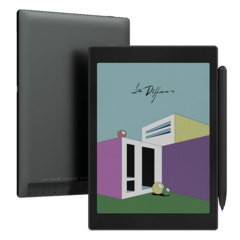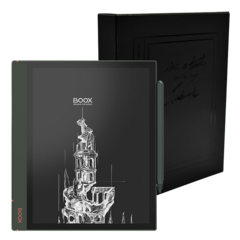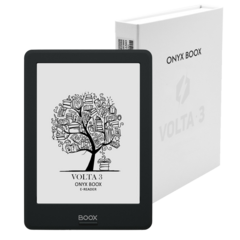The Onyx Boox Max Lumi Is a Giant E Ink Tablet I Almost Love
- Source: gizmodo.com
- Author: Alex Cranz, 11.03.2020
- All rights reserved
I desperately want a Remarkable 2. It looks so slim and so lovely, and my colleague Andrew will not shut up about the writing experience on it. But the Remarkable 2 is a $450 device that’s just good for writing by hand and marking up documents. The 13.3-inch Onyx Boox Max Lumi can do all of those things, and play videos, let me read books, browse the web, and most crucially of all, backlight everything. I like it so much it borders on love.
But maybe it is unfair to compare the two devices. It’s like comparing your multitool to your chef’s knife. The Remarkable 2 was designed expressly for recreating the pencil-and-paper experience on e-ink. Remarkable skipped the backlight because it said it affected the writing experience. Onyx included the backlight because the much pricier Onyx Boox Max Lumi counts handwriting as just one of many features.
It’s really an E Ink Android tablet that can do most of the things Android tablets can do. It comes with Android 10 and a custom launcher. A Qualcomm Snapdragon 636 chip from 2017 gives it enough power to handle all the demands of an E Ink display—which are a lot less resource-intensive than most OLED and LED ones. It sports a massive 13.3-inch E Ink display with a 2200 x 1650 resolution and 207 dots per inch. Text, handwriting, and black-and-white comics look good on this thing, but not quite as good as they do on smaller devices with 300 dpi displays. In fact, it reminds me a lot of a super-sized Onyx Boox Note Air, which sports similar guts but relies on a small, 10.3-inch 227 dpi display. They’re similar enough devices I kept looking at the $880 Boox Max Lumi and wondering why it’d be worth it versus the $480 Boox Note Air.
The appeal of the Onyx Boox Max Lumi is that it’s big. Massive, really. I feel like a toddler when I use it to read books and find myself rotating to put it in landscape mode as I would my iPad or Surface. Even then it’s not meant to be held one-handed. It’s so thin and so incredibly light I’m wary of tossing it in my bag when I head to the park with the dog for an afternoon. But it’s wonderful for taking notes. There’s a little bit of lag compared to the Remarkable 2, or even the Note Air, but not enough to bother me when I’m taking notes during a call or doodling during a meeting. I have tiny chicken scratch handwriting and tightening it up for a smaller display leads to hand cramps. I just don’t get those when I’m using the Max Lumi for notes.

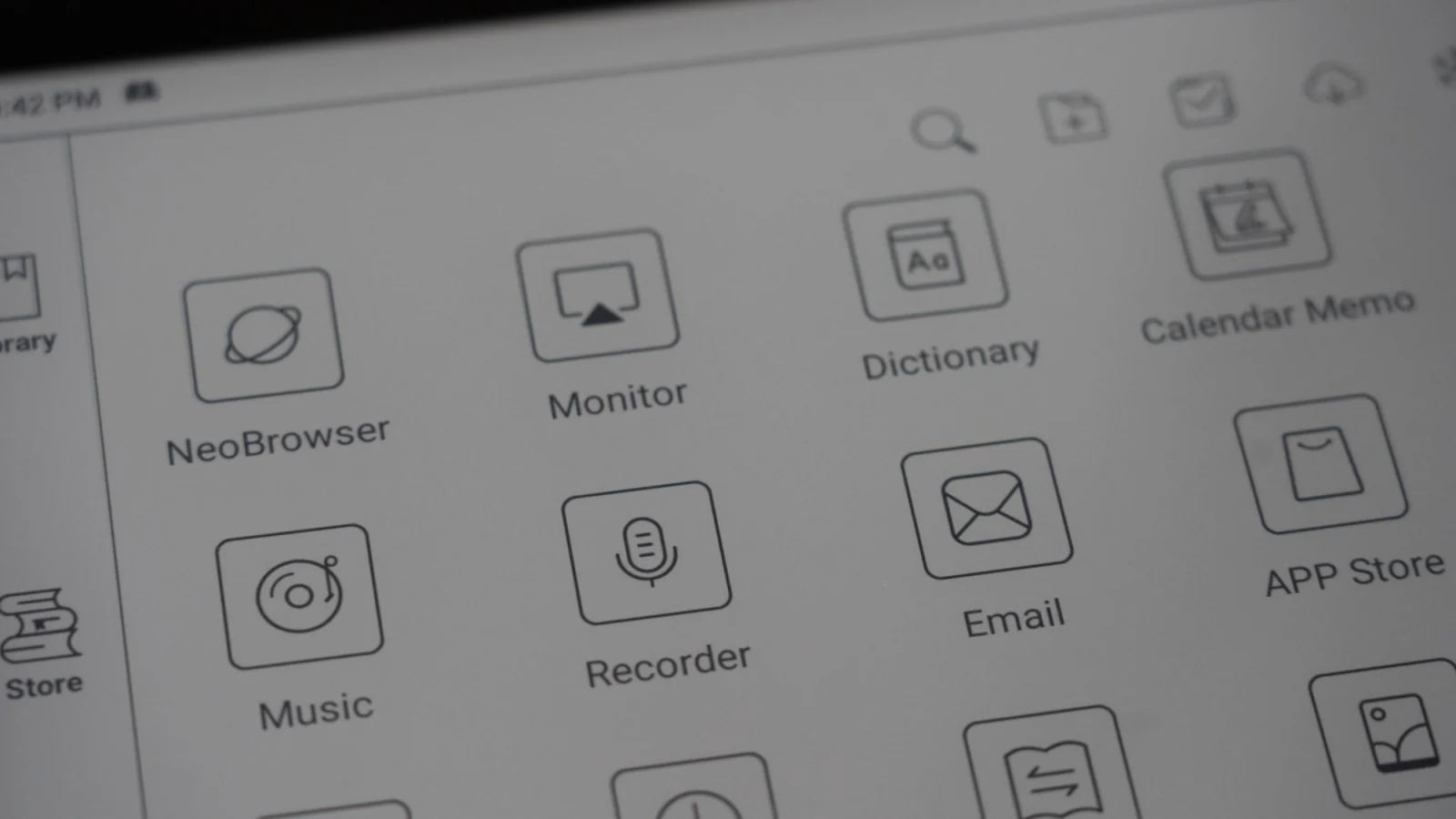
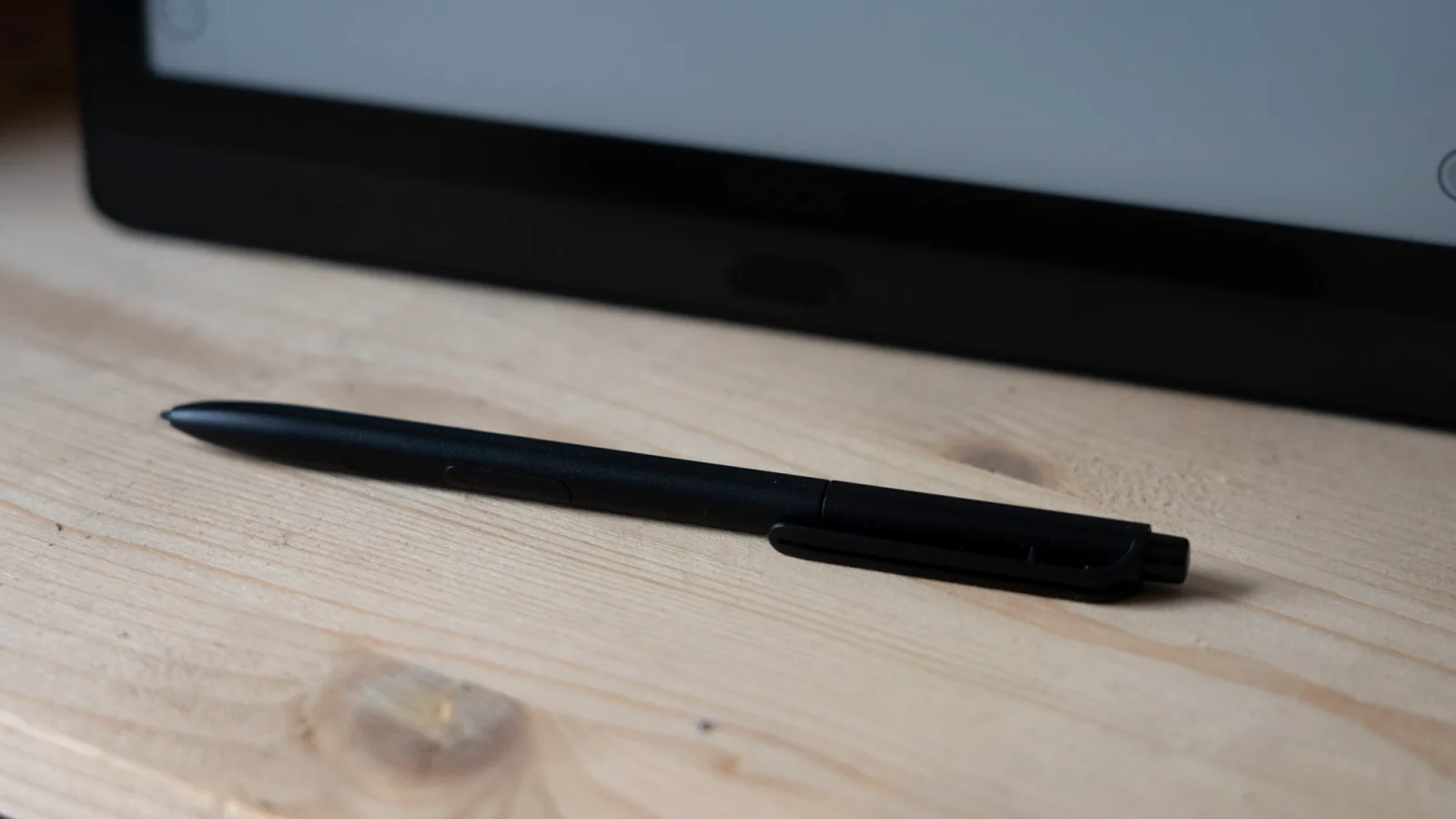
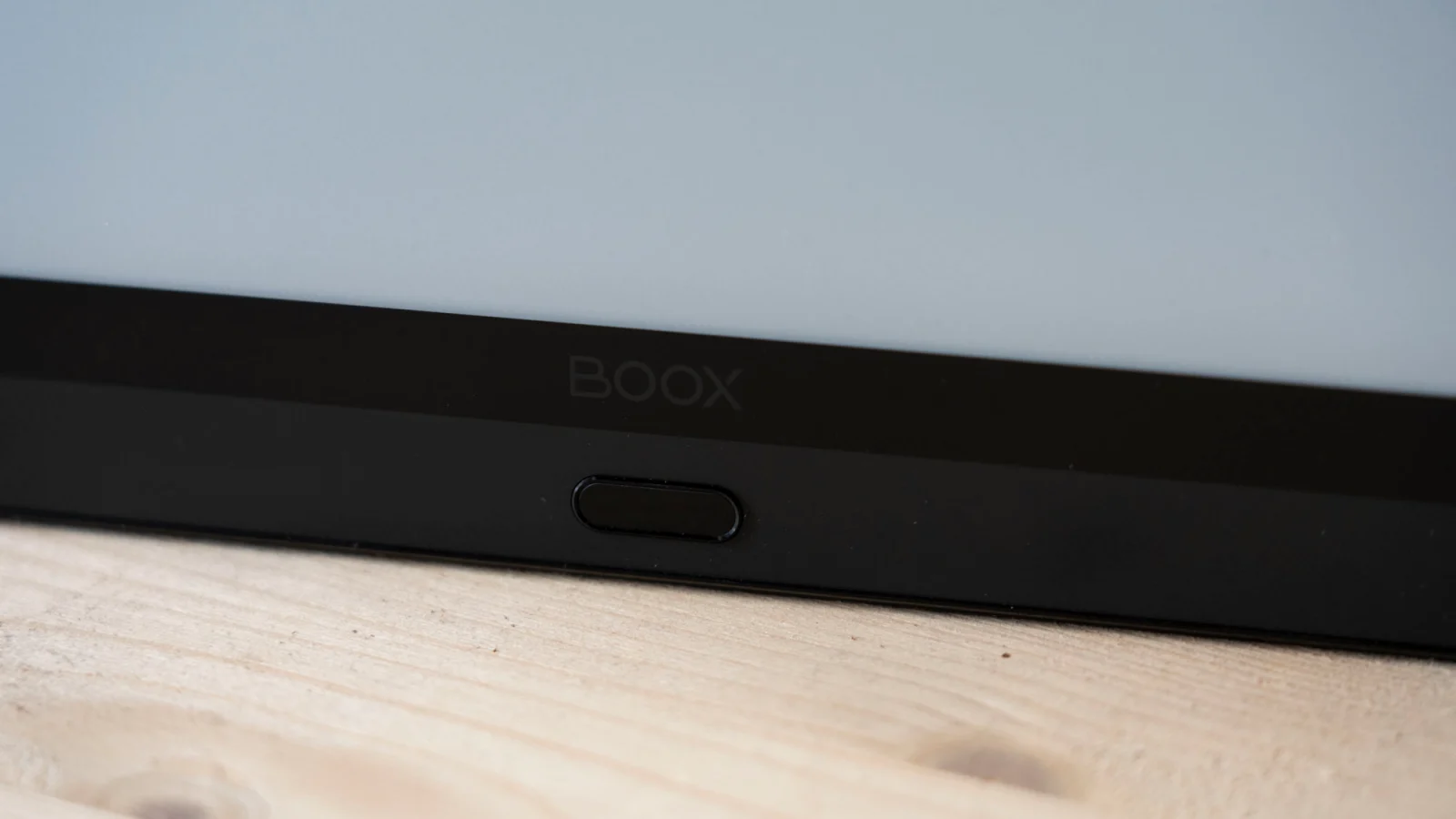
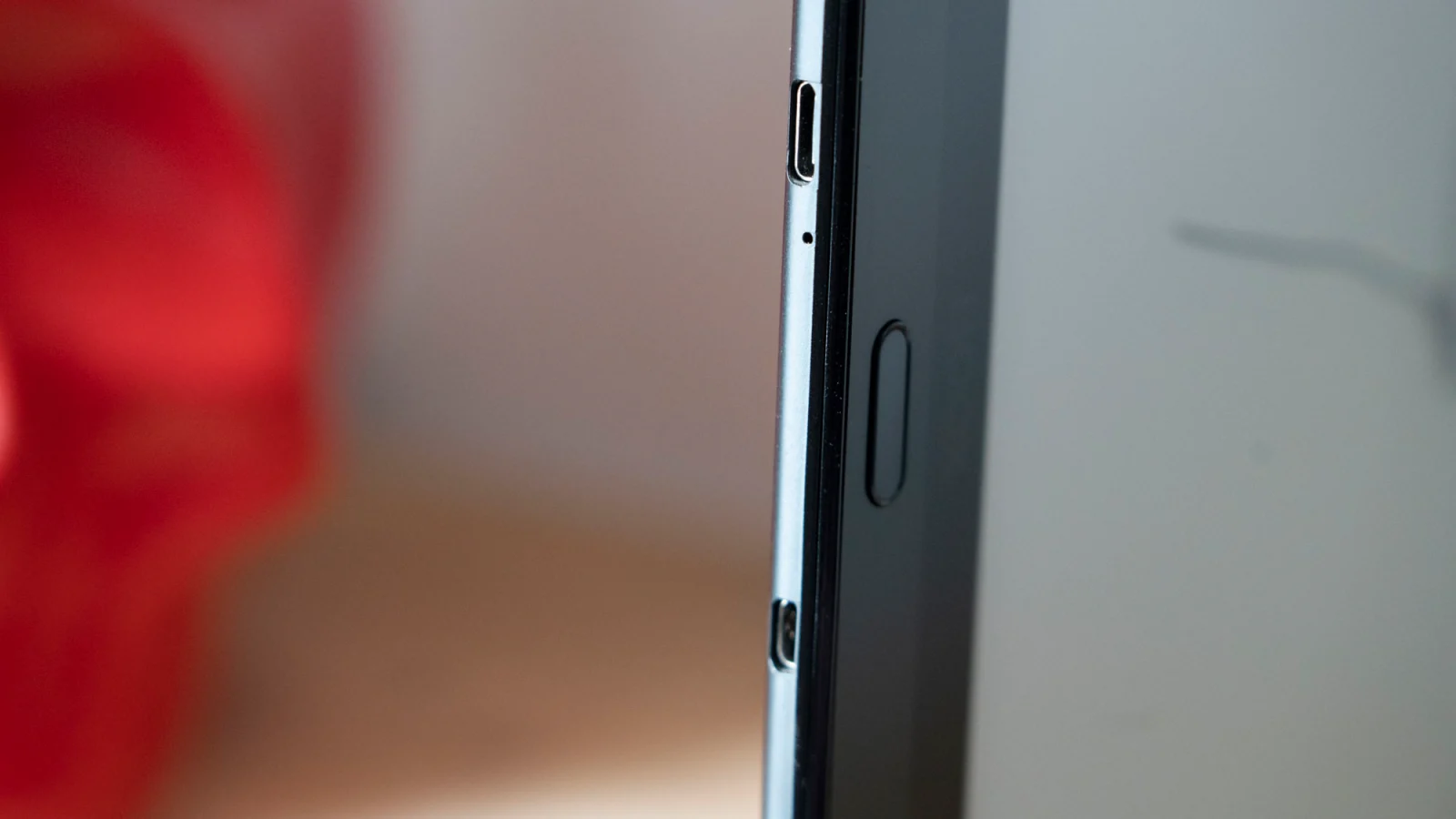
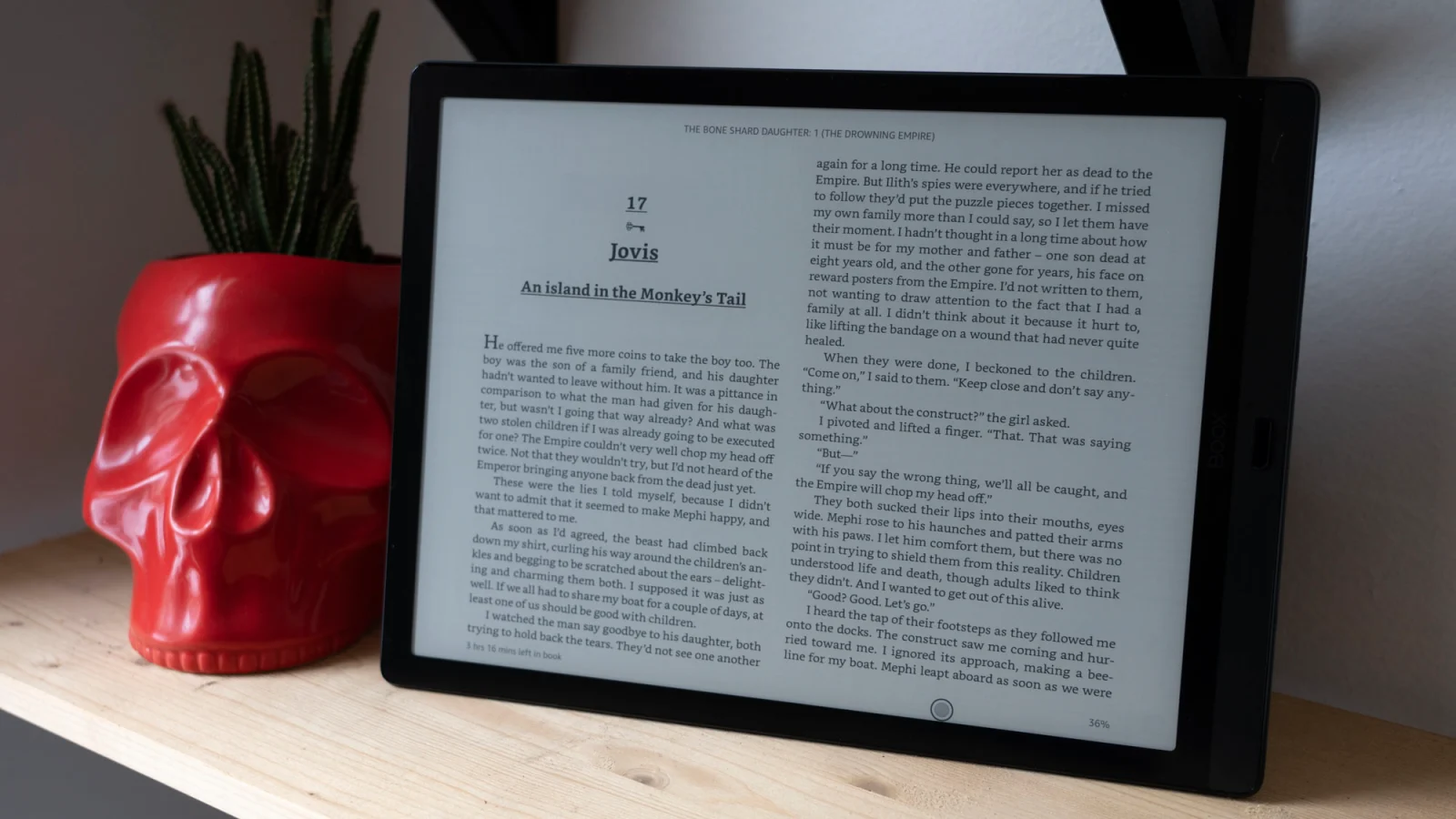
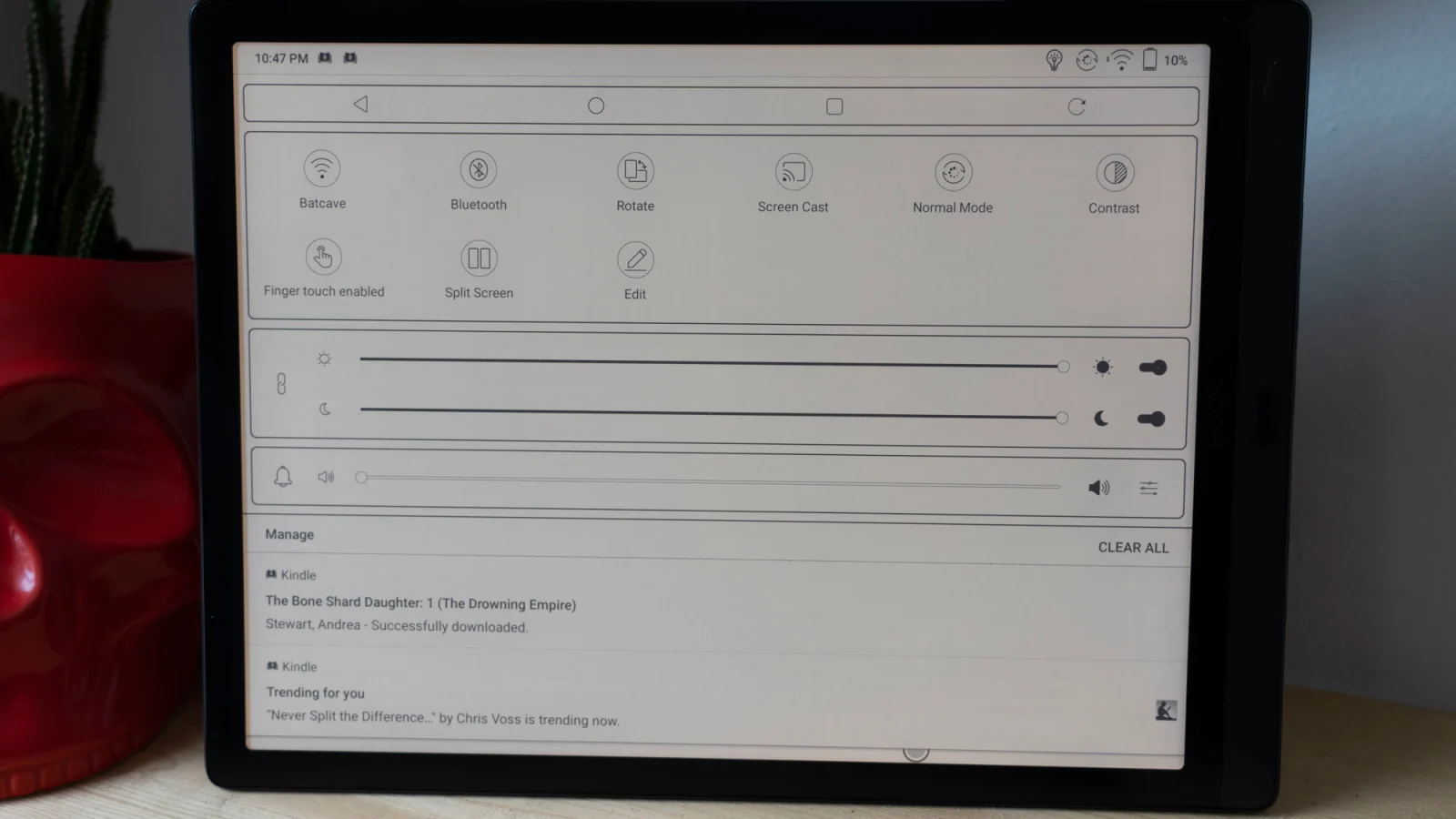
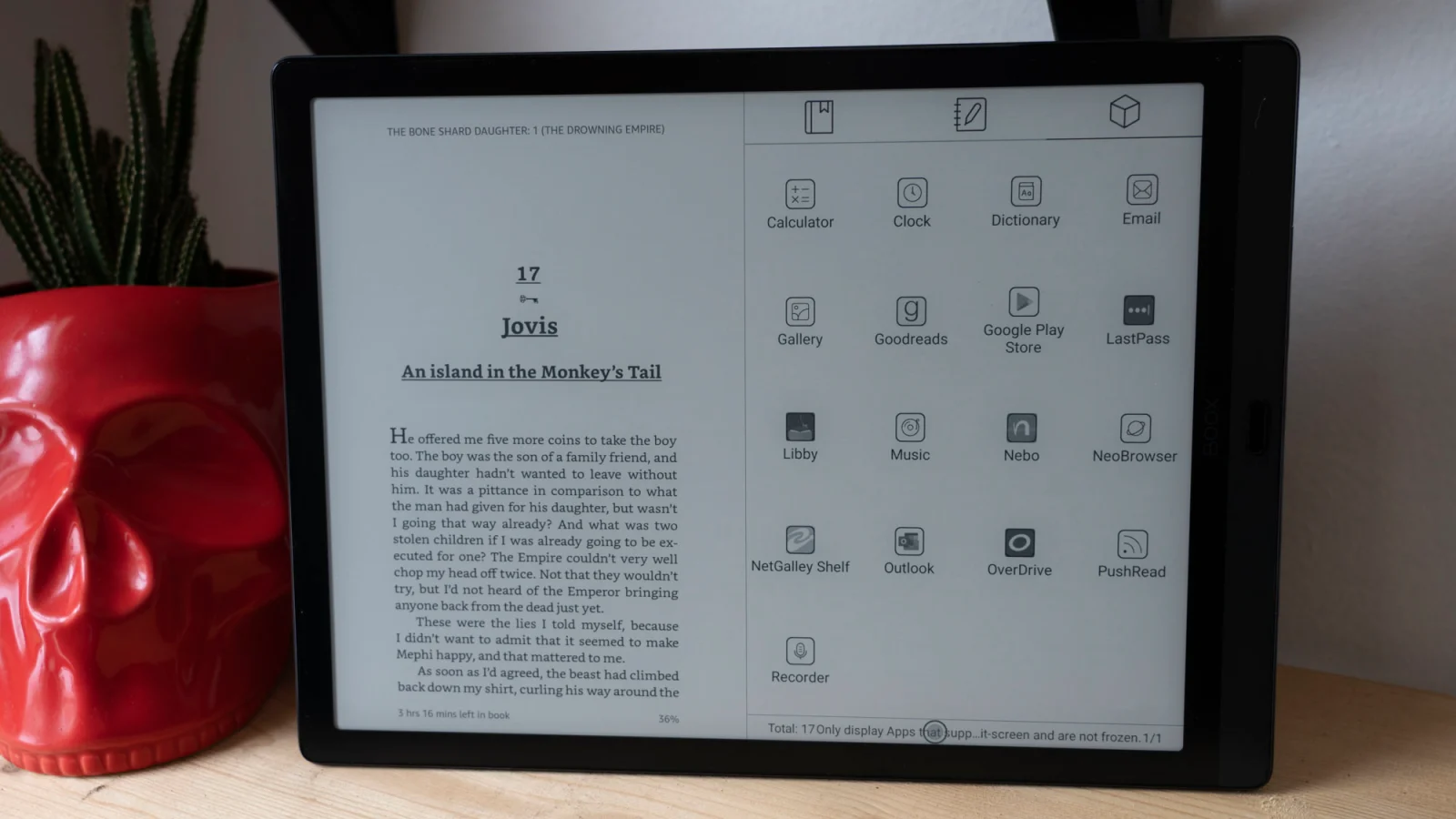
While I’m by no means an artist, I did ask a real one to sketch on it, and while she noticed the lag too, she appreciated the support for varying degrees of pressure. Just as with an iPad or high-end Android tablet, the harder you press, the thicker the lines. That’s down to the Wacom layer incorporated in the tablet, though you’ll probably want to invest in a better pen if you’re doing lots of art on it. The pen it comes with is good for quick notes, but way too small to use naturally for extended periods of times. Even my small hands felt cramped after a good amount of use.
Because the Onyx Boox Max Lumi is so big, it can also handle most PDFs without scrolling or resizing. You can just flip from page to page and do your notes. The built-in note-taking app has been more than enough for me. It requires an Onyx account to sync, but has worked thus far. I’d appreciate support for Google Keep or other note-taking programs in the syncing process, but it’s not the end of the world, and it’s easy enough to convert notes to text and transfer them that way, too. The app handled converting my chicken scratch to English shockingly well given the company is a Chinese one and there are some English gaffs in the English-language materials included on the tablet.
But if embracing Onyx and its included apps has you wary, that’s OK! Because this tablet relies on the Qualcomm Snapdragon 636, it handles other apps pretty well too. On the last Onyx device I tried, Libby lagged and Nebo absolutely choked. Both work just fine on the Max Lumi.
It’s also got built-in speakers so you can use it to play music or watch a video... if you really want to. I mainly just appreciated the ding when a file had finished downloading. The Bluetooth 5.0 is far more welcome as it lets you pair a keyboard and turn the Max Lumi into an E Ink typewriter. Bluetooth also means you can use it to play back music over your headphones. There’s no audio jack, so you’re going to be going wireless only or rely on the USB-C port. I found myself reaching for my smartphone to listen to music, but I appreciate that this extremely expensive E Ink tablet will let me do it too.


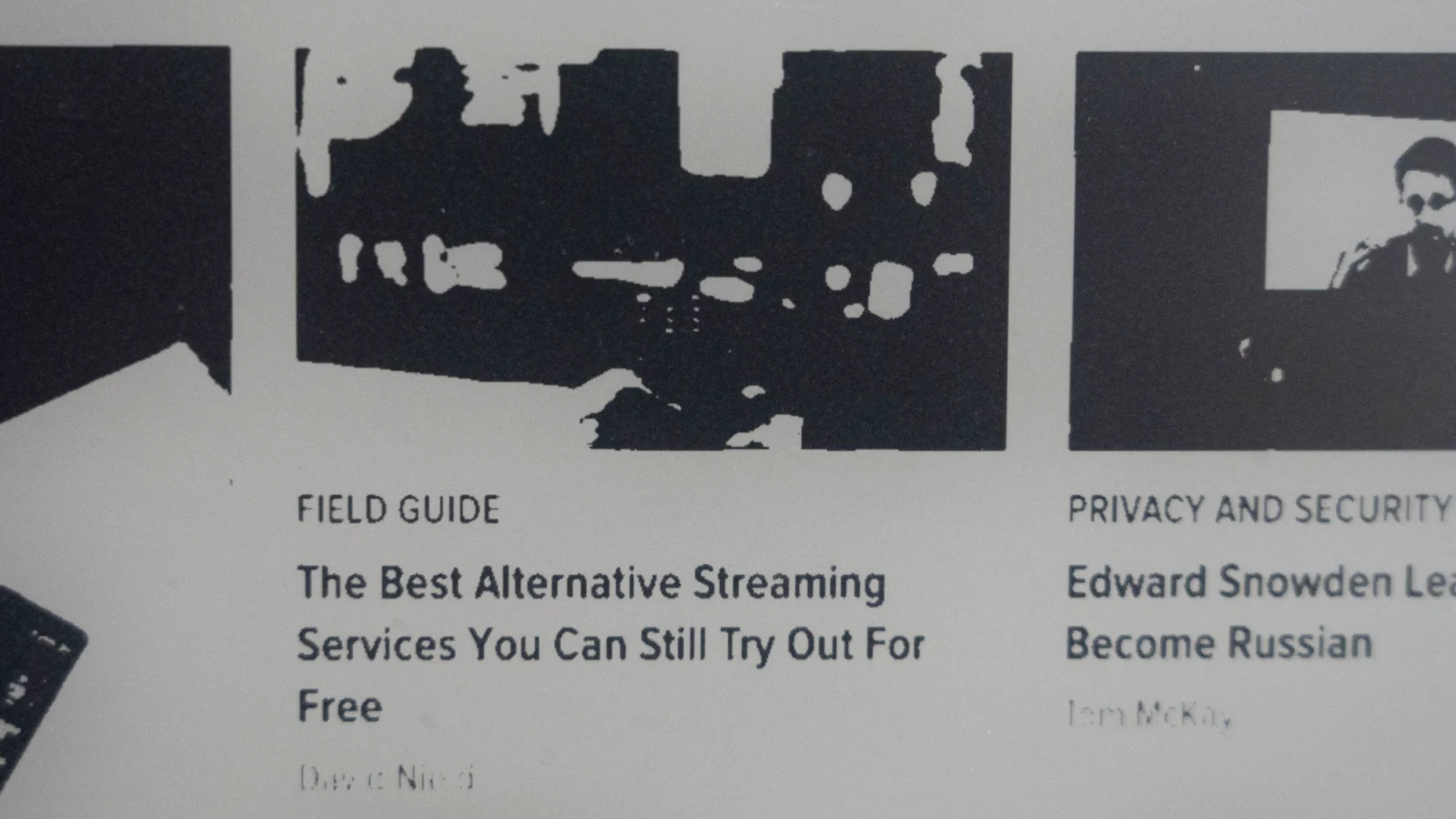
I also appreciate that it lets me use it as a monitor for my computer. There was a bit of screaming when I first connected the micro HDMI cable and entered the built-in monitor app. Apparently dark mode on a laptop does not translate well to E Ink. But once I got that sorted out it was just absolutely, nerdily delightful to see macOS and Windows on a big E Ink display. Would I use it in the real world? Absolutely not. Do I love the feature given that most tablets don’t include it? Absolutely yes.
I liked using the Max Lumi to control Sonos. But mainly I just liked using it as a big giant iPad alternative—something for writing and editing and consuming media. It’s absolutely stellar at doing those things! The problem is that at $880 it’s incredibly hard to justify buying it. The Max Lumi does a lot more than the $400 Remarkable 2, and when you compare the two devices it’s hard to advise anyone to go for the Remarkable 2 when the Max Lumi is so capable (and sports a backlit display). But it’s also twice as expensive! More importantly, the Note Air (look for a review soon) does nearly everything the Max Lumi does at half the price—and all I have to sacrifice is a couple of inches of display. I do adore that Onyx is out there showing everyone that E Ink isn’t as limiting a display technology as a plethora of Kindles, Nooks, and Kobo e-readers have led us to believe. Yet I can’t love the Onyx Max Lumi. At $880 it’s just way too expensive for most people.



_announce_600x600-240x240.png)
